Text

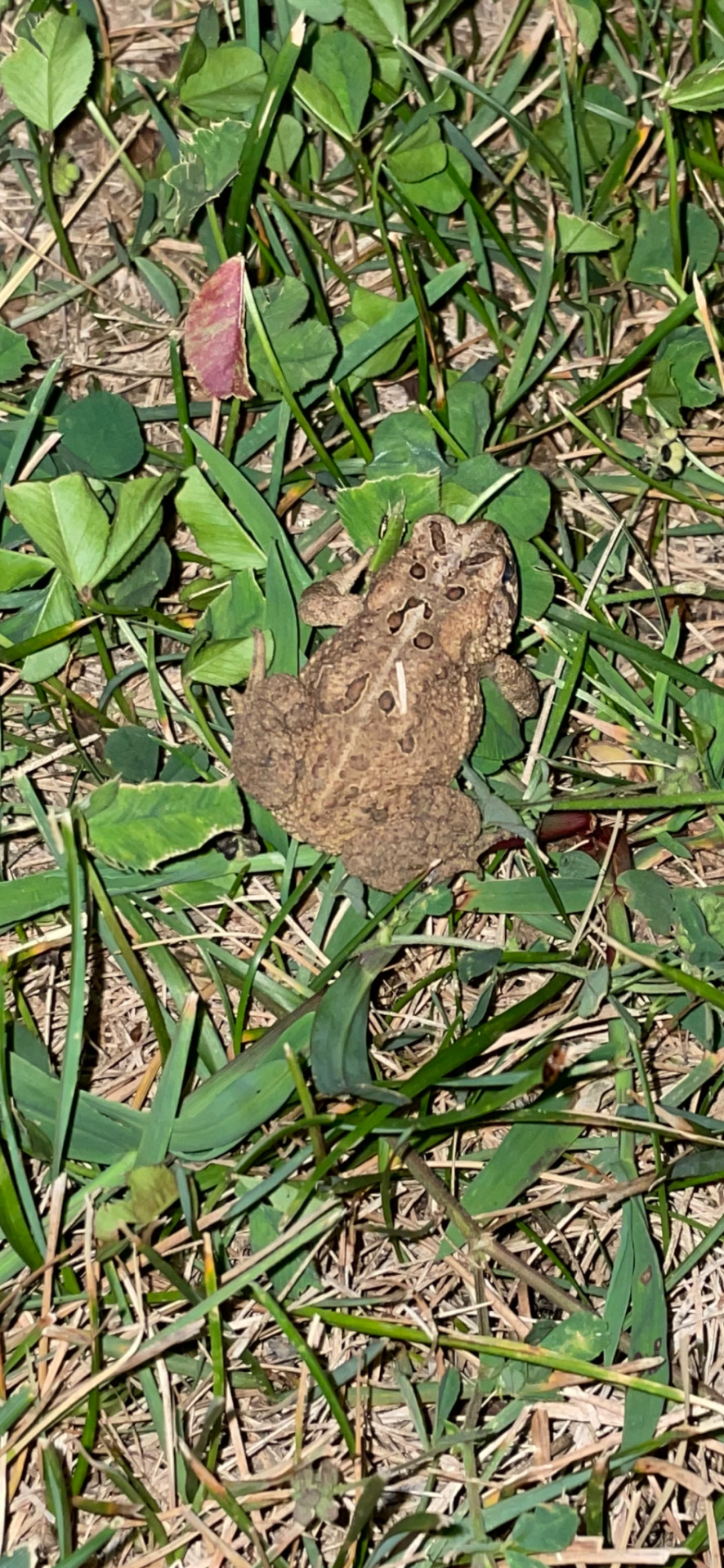

Anaxyrus fowleri (Fowler’s toad)
The Fowler’s toad, ranging from 5-9.5cm in length, can be found in the Eastern United States. It can range in color from gray, to cologne green, to brown, to a rusty red, with dark wart spots. As an adult, it will have a pale stripe along its back.
The Fowler’s toad typically loves in areas near wetlands in open woodlands, sand prairies, meadows, and beaches. During the winter months, and time of hot, dry weather, it will burrow underground.
The adults of this species will eat insects and other small land invertebrates, but will usually avoid earthworms. The tadpoles will eat algae and bacteria mates.
Predators to this species include snakes, birds, and some small mammals. In order to avoid predation, the Fowler’s toad has adapted both camouflage to stay hidden, and a noxious compound secreted by their warts. This compound will deter some predators and can kill some small mammals.
0 notes
Text


Pontia protodice (Checkered white butterfly)
The checkered white butterfly is native mainly to the United States, but can sometimes be found as far north as Southern Canada and as far south as Northern Mexico. It’s wingspan is 3.2-4.4 cm and prefers to live in dry, open areas such as vacant lots, deserts, plains, and some cities.
Host plants for this critter include prairie pepper weed, radishes, and members of the Brassica family (such as broccoli, cabbage, and turnip). The checkered white butterfly also enjoys feeding from the next or of mustards, composites, and alfalfa.
This species must have a body temperature of around 30-40°C in order to fly. They use a type of thermoregulation called reflectance basking, where the wings are used to increase the body temperature by reflecting radiation into the body, to achieve this.
0 notes
Text

Coreopsis tinctoria (garden tickseed)
This flower, also known as golden tickseed and calliopsis, is native to Canada, northern Mexico, and the United States - particularly the Great Plains and southern states. It grows around 30-100 cm tall and flowers in the mid-summer months. While it prefers sandy, we’ll drained soil and full sun, it can grow in many soil types and in partial shade.
Garden tickseed was used by the Native American Zuni people to make mahogany-color yarn dye. It was also used to make a hot drink until the introduction of coffee.
0 notes
Text
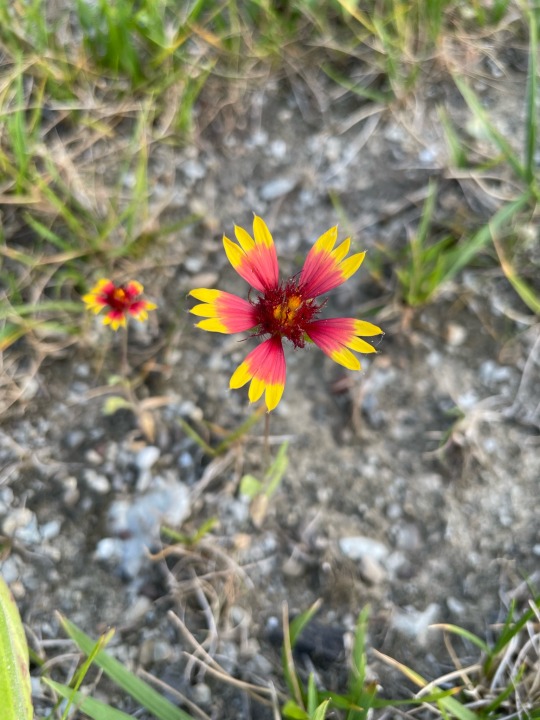
Gaillardia pulchella (Indian Blanket)
Also known as Firewheel, Sundance, and Indian Blanket Flower, this plant is native to Mexico and Southern/Central United States, from Arizona, to Florida, to the Carolinas. It tends to grow best in sandy areas with a hot, dry climate, but can also be found in urban vacant lots.
The Indian Blanket is the host plant to the larva of the Bordered Patch Bitterfly and the Painted Schinia Moth.
0 notes
Text

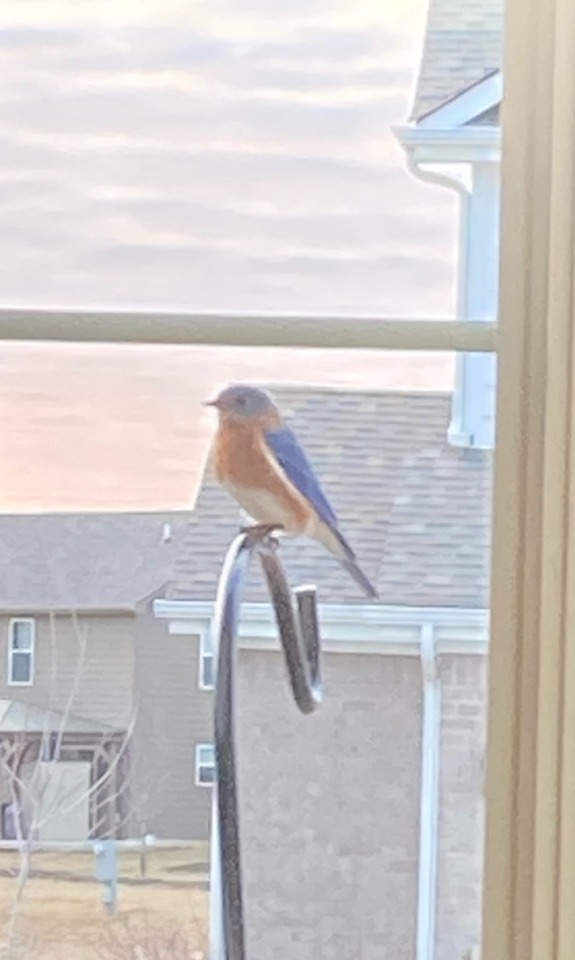
Sialia sialis (Eastern Bluebird)
The eastern bluebird is part of the Thrush family. It can be found east of the Rocky Mountains from southern Canada, to the South Eastern states, to Nicaragua. They tend to breed in semi-open habitats such as forest clearings and farm country.
This bird eats insects such as crickets, grasshoppers, and beetles, as well as berries. They lay 4-5 pale blue (sometimes white) unmarked eggs, and both parents typically feed and take care of the chicks.
I’m early American colonial times, the eastern bluebird was also known as the Blue Robin, and was considered with the coming of spring.
0 notes
Text

Stagmomantis carolina (Carolina Mantis)
The carolina mantis can be found in the Americas from the United States to Brazil. Females are around 47-60mm while males are are 54mm. The carolina mantis is a carnivore, and feeds on bees, butterflies, other insects, and even members of the same species, as these bugs perform sexual cannibalism.
The Carolina Mantis has a unique feature to better camouflage with their environment. As they grow, at time of molt, they are able to adjust their color from green to gray to brown. They are able to do this at every molt until the final molt I nto adulthood.
0 notes
Text
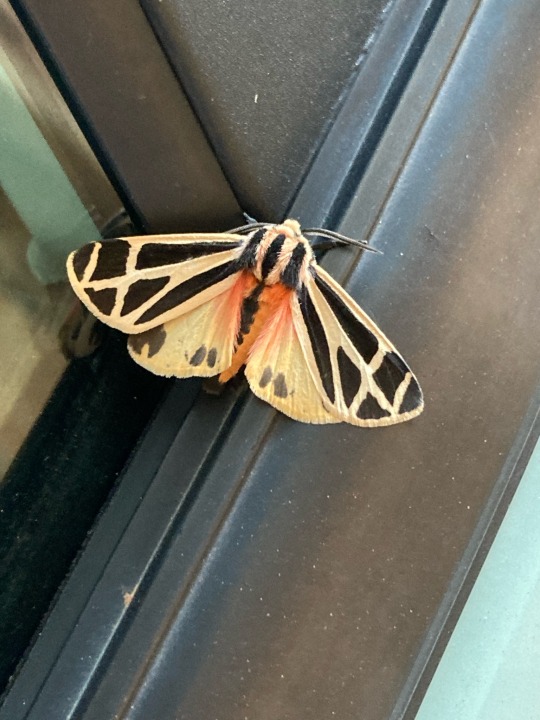
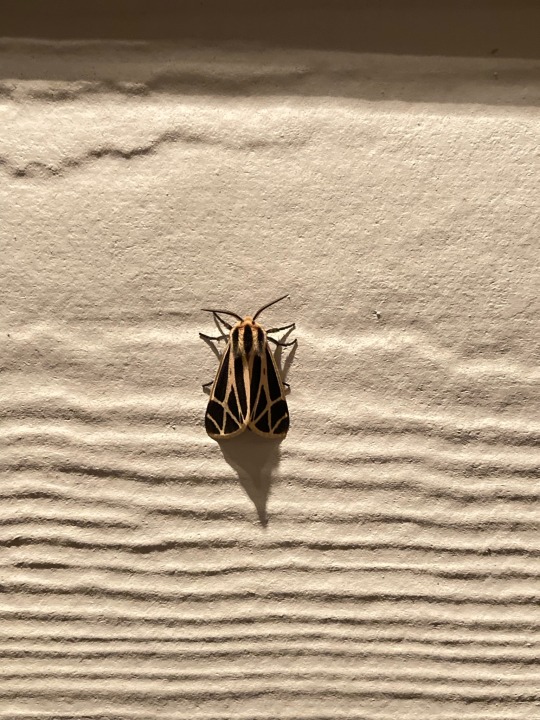
Apantesis phalerata (Harnessed Tiger Moth)
Can be found in N. America, from Ontario and Quebec to S. Dakota and Florida. This moth can be found from April to September depending on the region.
The larva feed on Trifolium (clover and trefoils), Spartina (cord grasses), Taraxacum (dandelion), and Plantago (plantains). Caterpillar hosts are typically clovers, corn, dandelion, and plantains.
2 notes
·
View notes